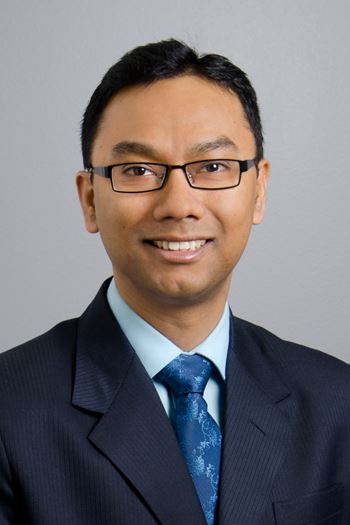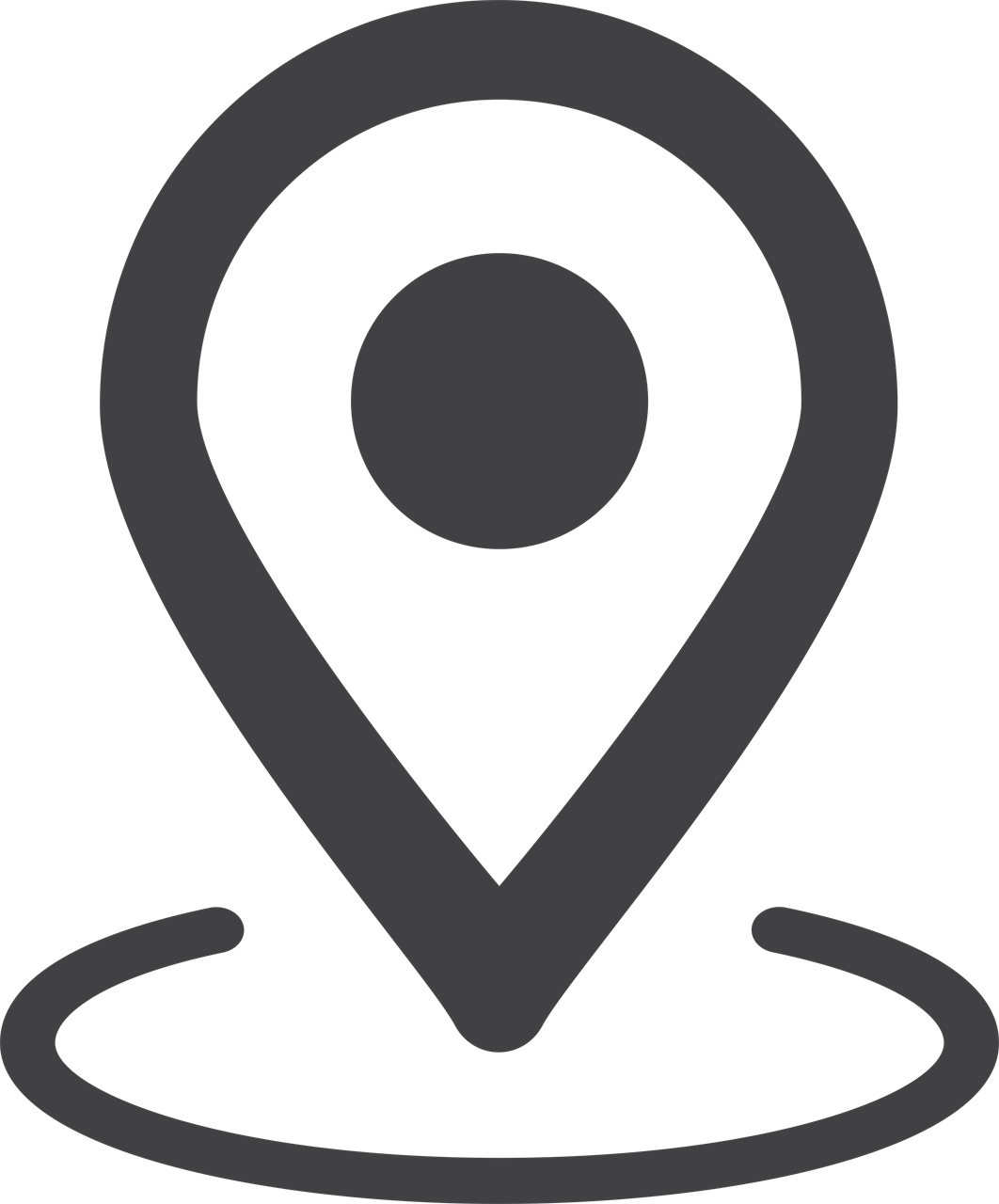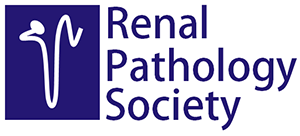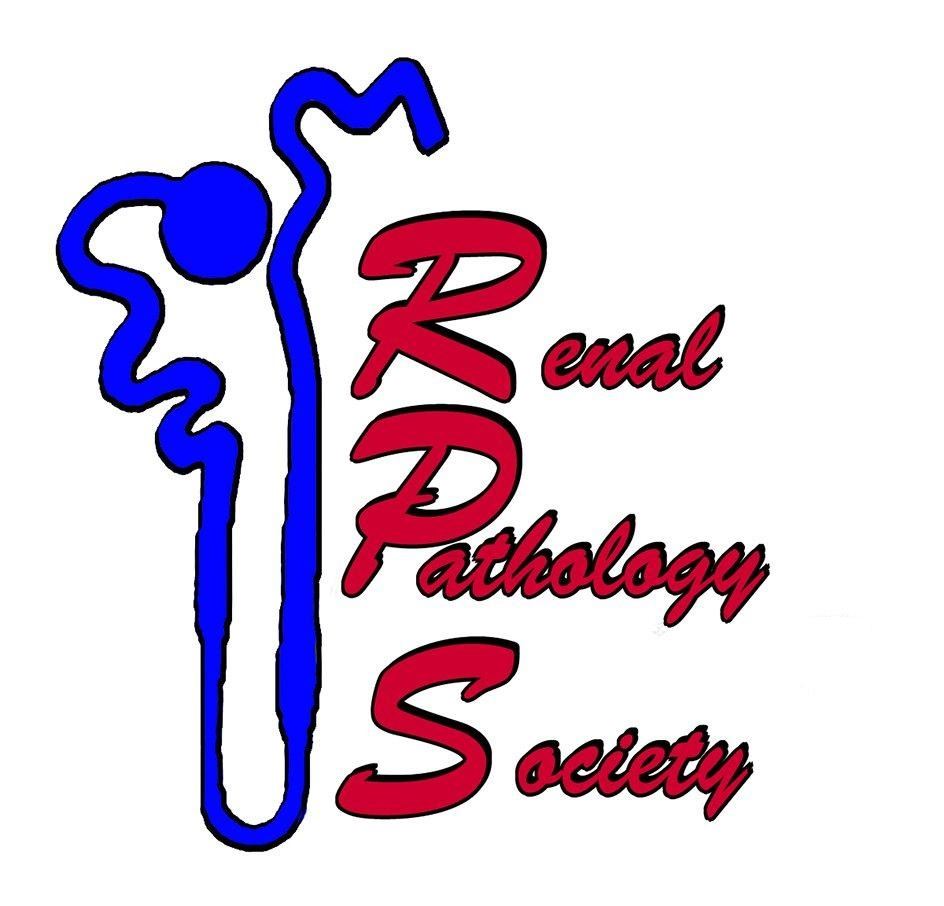Mini-Series (4 sessions):
Computational Nephropathology: From Basics to Applications
9/24/2019
11:00 am – 12:00 pm / 8:00 am – 9:00 am PT
Session 1: Computational Nephropathology- Introductions and Context
John Tomaszewski, MD MASCP
10/29/2019
11:00 am – 12:00 pm / 8:00 am – 9:00 am PT
Session 2: Basic principles of image analysis, segmentation, feature extraction
Scott Doyle
11/26/2019
11:00 am – 12:00 pm / 8:00 am – 9:00 am PT
Session 3: From features to learning: machine learning basics
John Tomaszewski , MD MASCP
Scott Doyle
1/28/2020
11:00 am – 12:00 pm / 8:00 am – 9:00 am PT
Session 4: Applications of Computational Pathology to Nephropathology Research II
Pinaki Sarder, PhD, MS, BS
"Concluding Thoughts" by John E Tomaszewski, MD MASCP

Speakers

John E. Tomaszewski, MD
SUNY Distinguished Professor
Chair of the Department of Pathology and Anatomical Sciences
Jacobs School of Medicine and Biomedical Sciences
University at Buffalo
 Bio: John Tomaszewski, MD, is professor and chair of the Department of Pathology and Anatomical Sciences. Internationally renowned for his scholarship, teaching and service, Dr. Tomaszewski is a leader in clinical and digital pathology, computational modeling in histopathology, and the informatics revolution in pathology, where he contributes to international diagnostic guidelines. He is widely praised by his colleagues for his innovative approach to applying engineering and quantitative techniques to biopsy visualization and analysis for cancer and kidney disaese. Dr. Tomaszewski holds four patents and has published more than 300 peer-reviewed publications and 35 book chapters, including 10 chapters dealing with his special interests in renal pathology, renal transplant and immunopathology. Among his numerous leadership roles, Dr. Tomaszewski served as president of the American Society of Clinical Pathologists (ASCP), the world’s largest organization for pathologists and laboratory professionals. In recognition of his exceptional leadership and research contributions, he was awarded Mastership by ASCP in 2014, the organization’s highest honor.
Bio: John Tomaszewski, MD, is professor and chair of the Department of Pathology and Anatomical Sciences. Internationally renowned for his scholarship, teaching and service, Dr. Tomaszewski is a leader in clinical and digital pathology, computational modeling in histopathology, and the informatics revolution in pathology, where he contributes to international diagnostic guidelines. He is widely praised by his colleagues for his innovative approach to applying engineering and quantitative techniques to biopsy visualization and analysis for cancer and kidney disaese. Dr. Tomaszewski holds four patents and has published more than 300 peer-reviewed publications and 35 book chapters, including 10 chapters dealing with his special interests in renal pathology, renal transplant and immunopathology. Among his numerous leadership roles, Dr. Tomaszewski served as president of the American Society of Clinical Pathologists (ASCP), the world’s largest organization for pathologists and laboratory professionals. In recognition of his exceptional leadership and research contributions, he was awarded Mastership by ASCP in 2014, the organization’s highest honor.

Pinaki Sarder, PhD, MS, BS
Assistant professor
Department of Pathology and Anatomical Sciences
Jacobs School of Medicine & Biomedical Sciences
University at Buffalo
 Bio: Pinaki Sarder is currently an assistant professor of pathology and anatomical sciences at University at Buffalo, with adjunct appointments in biomedical engineering and biostatistics. Earlier he was a post-doctoral research associate at Mallinckrodt Institute of Radiology at Washington University School of Medicine in St. Louis. He received the B.Tech. degree in electrical engineering from the Indian Institute of Technology, Kanpur, in 2003, and the M.Sc. and Ph.D. degrees in electrical engineering from Washington University in St. Louis, in 2010. Dr. Sarder serves as an academic editor of Plos One, and is a senior member of IEEE. He is a recipient of University at Buffalo’s Exceptional Scholars – Young Investigator Award in 2018. His current research interests include computational image analysis and digital pathology with applications to renal pathology informatics. He has published 45 peer reviewed articles in journals and conference proceedings. His notable works as the senior author include a human-artificial-intelligence-loop approach for segmenting pathological structures from whole slide thin tissue images, which he published in Nature Machine Intelligence, and an automated computational version of tervaert classification scheme for classifying renal biopsy cases of diabetic nephropathy, which has been recently accepted for publication in Journal of American Society of Nephrology.
Bio: Pinaki Sarder is currently an assistant professor of pathology and anatomical sciences at University at Buffalo, with adjunct appointments in biomedical engineering and biostatistics. Earlier he was a post-doctoral research associate at Mallinckrodt Institute of Radiology at Washington University School of Medicine in St. Louis. He received the B.Tech. degree in electrical engineering from the Indian Institute of Technology, Kanpur, in 2003, and the M.Sc. and Ph.D. degrees in electrical engineering from Washington University in St. Louis, in 2010. Dr. Sarder serves as an academic editor of Plos One, and is a senior member of IEEE. He is a recipient of University at Buffalo’s Exceptional Scholars – Young Investigator Award in 2018. His current research interests include computational image analysis and digital pathology with applications to renal pathology informatics. He has published 45 peer reviewed articles in journals and conference proceedings. His notable works as the senior author include a human-artificial-intelligence-loop approach for segmenting pathological structures from whole slide thin tissue images, which he published in Nature Machine Intelligence, and an automated computational version of tervaert classification scheme for classifying renal biopsy cases of diabetic nephropathy, which has been recently accepted for publication in Journal of American Society of Nephrology.

Scott Doyle, PhD, BS
Assistant Professor
Department of Pathology and Anatomical Sciences
Jacobs School of Medicine & Biomedical Sciences
University at Buffalo
 Scott Doyle received his PhD in Biomedical Engineering at Rutgers University in 2011, after which he worked for a start-up company on an NIH Small Business Innovation Research (SBIR) grant to commercialize his research. Following his work in industry, he is now an Assistant Professor in the Departments of Pathology and Anatomical Sciences, Biomedical Engineering, and Biomedical Informatics at the University at Buffalo. His research work is on using artificial intelligence and machine learning to understand biology and disease, with a focus on computational pathology and cancer. By using computer vision and machine learning, his models can accurately predict the presence, severity, and likely outcome of disease using features that are similar to those used in clinical and surgical pathology. His projects include work in oral cavity, colon, and thyroid cancers, with data collected through several national healthcare providers. His lab consists of students at all academic levels drawn from both biological and engineering backgrounds, and a major focus of his teaching and mentoring involves translation of complex concepts to a more general audience.
Scott Doyle received his PhD in Biomedical Engineering at Rutgers University in 2011, after which he worked for a start-up company on an NIH Small Business Innovation Research (SBIR) grant to commercialize his research. Following his work in industry, he is now an Assistant Professor in the Departments of Pathology and Anatomical Sciences, Biomedical Engineering, and Biomedical Informatics at the University at Buffalo. His research work is on using artificial intelligence and machine learning to understand biology and disease, with a focus on computational pathology and cancer. By using computer vision and machine learning, his models can accurately predict the presence, severity, and likely outcome of disease using features that are similar to those used in clinical and surgical pathology. His projects include work in oral cavity, colon, and thyroid cancers, with data collected through several national healthcare providers. His lab consists of students at all academic levels drawn from both biological and engineering backgrounds, and a major focus of his teaching and mentoring involves translation of complex concepts to a more general audience.

To join the meeting go to: https://glomcon.zoom.us/ and select 'Join a Meeting'. Enter the Meeting ID into the web site (or connect directly from your Zoom app).
Meeting ID: 422-122-779
You HAVE to be logged into ZOOM to join the session. You may either create a free ZOOM account, or sign in through a Google or Facebook account (if you have one).
If you or your organization have Skype for Business (Lync), then you can also search and connect to us through::
422122779@lync.zoom.us
Alternatively, use your institution's 'Polycom' system, enter IP address:
US West: 162.255.37.11
US East: 162.255.36.11
Europe: 213.19.144.110
Then, enter the Meeting ID: 422-122-779

About the Seminars:
This new webinar series brings together two successful organizations with a common goal of improving and disseminating the knowledge of glomerular kidney diseases. The Renal Pathology Society promotes excellence in diagnosis and research and encourages training and education in renal disease to its members around the world. This series’ curriculum focuses on research in renal pathology and new technologies applied to renal pathology, including image analytics, machine learning, multi-‘omics, and computational pathology approaches to renal biopsy analyses. Through this collaboration with GlomCon, the RPS is committed to promoting excellence in the diagnosis of glomerular disease and to bringing the breakthrough innovations in this field to the GlomCon community, which as of May 2019 represents more than 2200 clinicians and pathologists from 108 countries.




